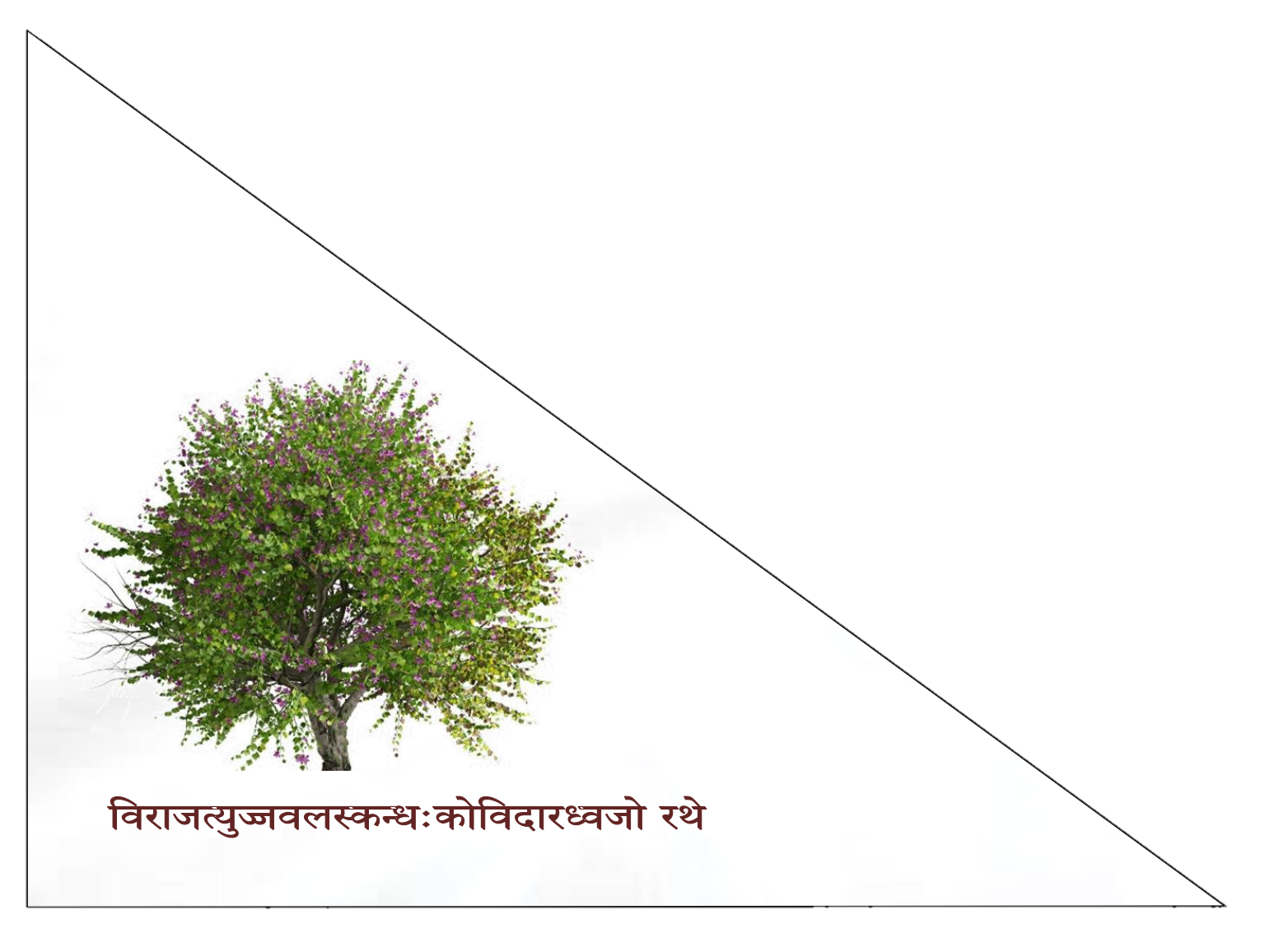|
Rao Raja Sri Sawai Pratap Singh
Rao Raja Sawai Pratap Singh was the founder king of Alwar State. He belonged to the Naruka clan of Kushwaha dynasty. Henry Miers ElliotSupplemental Glossary of Terms Used in the North Western Provinces/ref>Henry Miers ElliotSupplement to the Glossary of Indian Terms, A.-J/ref>Panjab Notes and Queries Volume 1 History Pratap Singh who was earlier a jagirdar of "Dhai Gaon" (two and half villages) near Machari in Alwar. His successor "Bakhtawar Singh Kachwaha" was defeated when he ventured an armed incursion into neighbouring (ruled by their |
Alwar State
Alwar (Rajasthani Pronunciation: �lʋəɾ is a city located in India's National Capital Region (NCR) and the administrative headquarters of Alwar District in the state of Rajasthan. It is located 150 km south of Delhi and 150 km north of Jaipur. Etymology There are several theories about the derivation of the name Alwar. Alexander Cunningham, the British Indian archeologist, believed that the city derived its name from the Salva tribe and was originally Salwapur, then Salwar, Halawar and eventually Alwar, According to another school it was known as Aravalpur or the city of Aravali. Some others opine that the city is named after Khanzada Alawal Khan Mewati (the Muslim Khanzada prince who wrested Alwar from Nikumbh Rajputs). A research conducted during the reign of Maharaja Jai Singh of Alwar revealed that Maharaja Alaghraj, second son of Maharaja Kakil of Amber. ruled the area in the eleventh century and his territory extended up to the present city of Alwar. ... [...More Info...] [...Related Items...] OR: [Wikipedia] [Google] [Baidu] |
Naruka
The Naruka (Devnagari: नरुका or नरूका) is a clan of Rajputs found in India. Naruka is one of the most prominent Sub-Clan of Kachhwaha dynasty. They independently ruled over Alwar State. History Naruka Rajputs are offshoots of Maharao Naru Singh of Mojad (now called Mozamabad), a Rajput warrior from 15th century Dhundhad region. He was great-grandson of Raja Udaykaran of Amer who reigned 1366-1388 AD. At the time of Indian Independence, Rajasthan included 19 princely states (including Alwar), 3 chiefships (Lawa, Neemrana and Kushalgarh) and 1 centrally-adminstered territory of Ajmer-Merwara. Among these total 23 territories, 3 were ruled by Kachhwaha dynasty - Jaipur Jaipur (; , ) is the List of state and union territory capitals in India, capital and the List of cities and towns in Rajasthan, largest city of the north-western States and union territories of India, Indian state of Rajasthan. , the city had ..., Alwar and Lawa. Naru Singh had five s ... [...More Info...] [...Related Items...] OR: [Wikipedia] [Google] [Baidu] |
Kushwaha
Kushwaha (sometimes Kushvaha), is a community of the Indo-Gangetic Plain that has traditionally been involved in agriculture, including beekeeping. The term has been used to represent different sub-castes of the Kachhis, Kachhvahas, Koeris and Muraos. The Kushwaha had worshipped Shiva and Shakta, but beginning in the 20th century, they claim descent from the Suryavansh (Solar) dynasty via Kusha, one of the twin sons of Rama and Sita. At present, it is a broad community formed by coming together of several caste groups with similar occupational backgrounds and socio-economic status, who, over the time, started inter-marrying among themselves and created all India caste network for caste solidarity. The communities which merged into this caste cluster includes Kachhi, Kachhwaha, Kushwaha, Mali, Marrar, Saini, Sonkar, Murai, Shakya, Maurya, Koeri and Panara. Origin Before the 20th century CE, branches that form the Kushwaha community – the Kachhis, Koeris, and Mur ... [...More Info...] [...Related Items...] OR: [Wikipedia] [Google] [Baidu] |
Henry Miers Elliot
Sir Henry Miers Elliot (1 March 1808 – 20 December 1853) was an English civil servant and historian who worked with the East India Company in India for 26 years. He is most known for '' The History of India, as Told by Its Own Historians'' based on his works, published posthumously in eight volumes, between 1867–1877 in London. Early life and background Elliot was born on 1 March 1808. He was the third son, one of fifteen children, of John Elliot, of Pimlico Lodge, Westminster, colonel commandant of the Westminster volunteers, and a daughter of John Coakley Lettsom, M.D. He was educated from the age of ten at Winchester College, and destined for New College, Oxford; but the demand of the East India Company for civilians beyond the numbers regularly trained at Haileybury tempted him to try for an appointment in their service, and he was the first of the ' competition wallahs' to pass an open examination for an immediate post in India. His oriental languages as well as his c ... [...More Info...] [...Related Items...] OR: [Wikipedia] [Google] [Baidu] |
Jaipur State
The Kingdom of Amber, later the Kingdom of Jaipur or the Jaipur State, was located in the north-eastern historic Dhundhar region of Rajputana and was ruled by the Kachwaha Rajput dynasty. The kingdom was established by Dulha Rai, possibly the last ruler of the Kachchhapaghata dynasty who migrated to Dausa and founded his kingdom with the support of Chahamanas of Shakambhari with coalition of Gaur dynasty of sheopur in the 12th century. Under Raja Bharmal, the kingdom heavily aligned with the Mughals and he even married his daughter to Akbar. His son and grandson Raja Bhagwant Das and Raja Man Singh I were leading generals in Akbar's army and helped him in expanding the empire. Mirza Raja Jai Singh I served under Shah Jahan and became a distinguished general. He fell out of Aurangzeb's favor when he was suspected of helping Shivaji escape from Mughal captivity in 1664. Sawai Jai Singh II became the ruler during the decline of the Mughal Empire. He successfully rebel ... [...More Info...] [...Related Items...] OR: [Wikipedia] [Google] [Baidu] |
Kachwaha
The Kachhwaha is a Rajput clan found primarily in India. They claim descent from the Suryavanshi (Solar) dynasty. Etymology According to Cynthia Talbot, the meaning of word ''Kachhwaha'' is tortoise. Origin There are numerous theories on the origin of the Kachhwahas. Prominent of those theories are of claiming scion from the Suryavansh and the Kurma Avatar of Lord Vishnu. Suryavansh origin Suryavansh Dynasty or Ikshwaku Dynasty or Raghuvansh Dynasty : Kachwaha claim descent from mythological character Kush, a son of the avatar of mythological Vishnu, Rama, as expressed by them citing historical documents during the Supreme court of India proceedings on Ram Mandir at Ayodhya. Ish Devji a Kachhwaha Raja of outstanding merit, with his capital at Gwalior, is recorded to have died in 967 A.D. Brahmin genealogists place him as being the three hundred & third generation after Ikshwaku. The Kachhwahas of Amber are descendants of Ish Devji. According to Rima Hooja, the Kachhwahas ... [...More Info...] [...Related Items...] OR: [Wikipedia] [Google] [Baidu] |
East India Company
The East India Company (EIC) was an English, and later British, joint-stock company that was founded in 1600 and dissolved in 1874. It was formed to Indian Ocean trade, trade in the Indian Ocean region, initially with the East Indies (South Asia and Southeast Asia), and later with East Asia. The company gained Company rule in India, control of large parts of the Indian subcontinent and British Hong Kong, Hong Kong. At its peak, the company was the largest corporation in the world by various measures and had its own armed forces in the form of the company's three presidency armies, totalling about 260,000 soldiers, twice the size of the British Army at certain times. Originally Chartered company, chartered as the "Governor and Company of Merchants of London Trading into the East-Indies," the company rose to account for half of the world's trade during the mid-1700s and early 1800s, particularly in basic commodities including cotton, silk, indigo dye, sugar, salt, spices, Potass ... [...More Info...] [...Related Items...] OR: [Wikipedia] [Google] [Baidu] |
His Highness
Highness (abbreviation HH, oral address Your Highness) is a formal style (manner of address), style used to address (in grammatical person, second person) or refer to (in grammatical person, third person) certain members of a reigning or formerly reigning dynasty. It is typically used with a possessive adjective: "His Highness", "Her Highness" (HH), "Their Highnesses", etc. Although often combined with other adjectives honorific, of honour indicating rank, such as "Imperial", "Royal" or "Serene", it may be used alone. ''Highness'' is, both literally and figuratively, the quality of being lofty or above. It is used as a term to evoke dignity or honour, and to acknowledge the exalted rank of the person so described. History in Europe Abstract styles arose in profusion in the Roman Empire, especially in the Byzantine Empire, Byzantine. Styles were attached to various offices at court or in the state. In the early Middle Ages such styles, couched in the second or third person, were ... [...More Info...] [...Related Items...] OR: [Wikipedia] [Google] [Baidu] |
Maharaja
Maharaja (also spelled Maharajah or Maharaj; ; feminine: Maharani) is a royal title in Indian subcontinent, Indian subcontinent of Sanskrit origin. In modern India and Medieval India, medieval northern India, the title was equivalent to a prince. However, in late ancient India and History of South India, medieval south India, the title denoted a king. The form "Maharaj" (without "-a") indicates a separation of noble and religious offices, although since in Marathi the suffix ''-a'' is silent, the two titles are near homophones. Historically, the title "Maharaja" has been used by kings since Vedic period, Vedic times and also in the second century by the Indo-Greek Kingdom, Indo-Greek rulers (such as the kings Apollodotus I and Menander I) and then later by the Indo-Scythians (such as the king Maues), and also the Kushans as a higher ranking variant of "Raja". Eventually, during the medieval era, the title "Maharaja" came to be used by sovereignty, sovereign princes and vassal ... [...More Info...] [...Related Items...] OR: [Wikipedia] [Google] [Baidu] |
Tej Singh Prabhakar Bahadur
Maharaja Sir Tej Singh Prabhakar, Order of the Star of India, KCSI (17 March 1911 – 15 February 2009), was a ruler of Naruka dynasty of the Indian princely state of Alwar, Rajasthan from July 22, 1937 to 15 August 1947. He was the last ruling Maharaja of Alwar State, Alwar. Maharaja of Alwar Tej Singh, a remotely related cousin of the previous ruler, Jai Singh Prabhakar Bahadur, Sir Jai Singh Prabhakar, was selected by the British to rule Alwar, as Jai Singh had been deposed by them because of the Alwar movement led by Yasin Khan and Meos due to his gross misrule .Initially he had limited administrative control, but was given executive authority eventually in the last days of the British Raj by the Viceroy of India in 1944. Tej Singh was a supporter of Hindu nationalism through the Akhil Bharatiya Hindu Mahasabha, and hosted the Akhil Bharatiya Kshatriya Mahasabha, serving as its president in 1947. He opposed Mahatma Gandhi's Non-cooperation movement (1919–22), Non ... [...More Info...] [...Related Items...] OR: [Wikipedia] [Google] [Baidu] |






